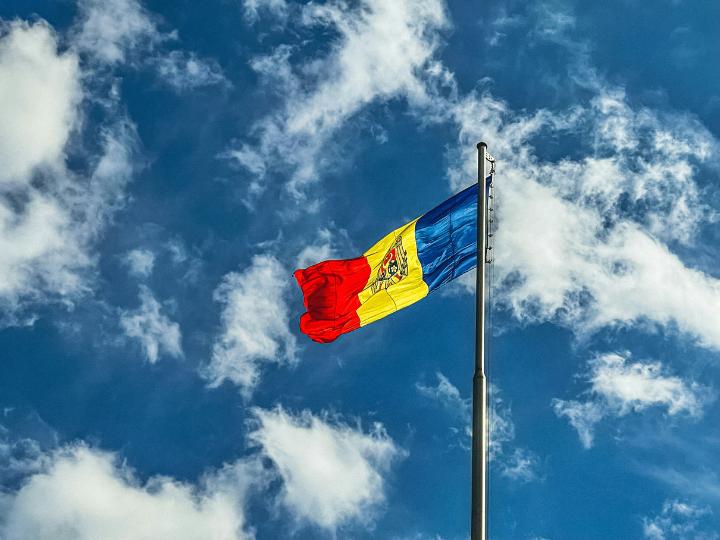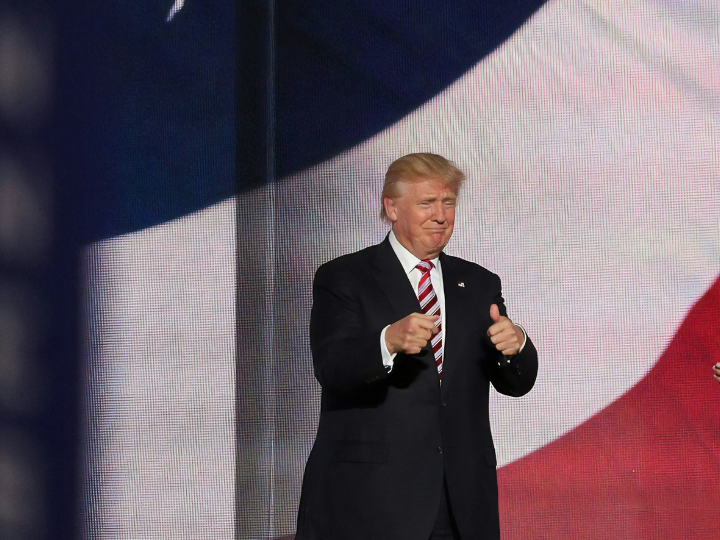by Thomas de Waal*
An energy crisis in Moldova is rapidly developing into a political crisis. It is likely to land at the EU’s door. Is anyone ready?
The crisis has long been looming on the horizon as Ukraine had made it clear that from January 1 it would not renew the agreement for transit of Russian gas through its territory in order to deny Russia’s energy company Gazprom hundreds of millions of dollars in revenue.
Most EU countries, with the exception of Slovakia, had adapted to meet this scenario. That is not the case for Moldova and, importantly, Transnistria, the Russia-leaning breakaway territory on the east bank of the River Dniester, which has been de facto independent of post-Soviet Moldova since 1992.
Without Russian gas, Transnistria is currently plunged in semi-darkness, its homes and businesses unheated in wintry temperatures. For years the territory was able to sustain its economy and pay generous wages and pensions thanks to what was basically a gift of free Russian gas shipped via Ukraine and Moldova. Gazprom maintained the fiction of a commercial deal by sending more than $11 billion worth of bills to the Moldovan authorities who in turn, naturally, refused to pay on behalf of a territory they do not control.
Now the old gas route is cut off and that scheme is over. Government-controlled Moldova is also suffering. A lack of gas drastically cuts output from Transnistria’s Cuciurgan—or Kuchurgan—power plant, which supplies right-bank Moldova with 70 percent of its electricity at low prices. Since 2022, Moldova has begun to diversify its energy usage, but the electricity it gets via Romania is much more expensive. Moldovan consumers are already beginning to feel the pain of higher prices.
The stakes are high. Russia wants to use both Transnistria and gas as weapons to stall Moldova’s EU accession process. Brussels, on the other hand, wants to keep Chi?inau on the European track and spare Moldova blackouts and crippling energy prices.
Yet the crisis was entirely predictable, according to Alexandru Flenchea, former Moldovan deputy prime minister and former negotiator with the Transnistrians. “There were good options if the preparation work was done in due time,” he told me. Chi?inau’s failure to plan for this turn of events has given leverage to Moscow, Flenchea says.
Gazprom does have the means to keep the gas flowing, via Turkiye and the Trans-Balkan pipeline, but is bargaining hard with Chi?inau, claiming it is owed $700 million (Chi?inau puts the sum at $8.6 million). On January 15, the Transnistrian leader, Vadim Krasnoselsky, returning from a visit to Moscow, announced that Russia planned to resume gas flows to his region in the form of “humanitarian assistance” and to meet “the needs of Transnistrians.” Important details were not elaborated on. Commentators understood this as meaning that Moscow’s largesse might not extend to the power plant providing Moldova with cheap electricity.
This leaves the EU scrambling to fill Moldova’s energy gaps. A new energy crisis is obviously bad news for Moldovan President Maia Sandu and her Party of Action and Solidarity (PAS), which faces a critical parliamentary election before the summer. She herself only narrowly got re-elected last year in a campaign marked by heavy Russian intervention. If PAS loses its majority, opposition parties will form a government and Moldova’s EU accession drive could be slowed or halted.
Lack of government capacity has always been a problem for Moldova, a small, low-income country. But it was surely an oversight of the current government not to devote more resources to the Transnistria issue at a time when Russia’s war in Ukraine had put the thirty-year-old conflict in flux, in ways potentially favorable for Chi?inau. A capacity problem is not the only explanation for the lack of creative thinking. Many Moldovans feel ambivalent about union with Transnistria, seeing it as an alien Russophone entity that they are in no great hurry to integrate into their country.
Transnistria certainly has loyalties toward Russia, but many of the stereotypes about it are overstated. Despite the eye-catching Soviet symbols—the stars and hammers and sickles—that greet visitors to the capital, Tiraspol, a spirit of pragmatism has prevailed here for years and there is a tacit acknowledgement among many that its future lies with Europe, not Russia. Crucially, most of the local population now has multiple passports, including Moldovan—in some cases even Romanian—passports that give them access to the EU.
Russia’s influence is less than it was. The headline figure of 1,500 Russian troops stationed there is misleading as all but 50 to 100 of them are in fact locals wearing Russian uniforms, who cannot be relied on to fight for Russia.
That is one reason why, since 2022, Transnistria’s de facto leaders have done their best to stay out of the war in Ukraine, declining to condemn Kyiv or let their territory be used for Russian operations.
No one, including Moscow, is talking about Transnistrian independence. Instead, Russia’s main strategy is to use the territory to destabilize Moldova by provoking a crisis there—even if this alienates many Transnistrians—and, in the longer term, to hope that a more Russia-leaning territory with about 375,000 people will serve as a brake on the European trajectory of Moldova from within.
Two quick lessons surely stand out for Europeans responding to this crisis. One is that Transnistria cannot be ignored or compartmentalized; all plans for Moldova’s EU accession and its future economic and energy policies need to account for that territory as well.
The second is that Europe needs to step up diplomatic engagement with the de facto authorities in Tiraspol, using all available channels—not just the government in Chi?inau. The Transnistrians need to hear more clearly and precisely what it is that Europe has to offer them.
*Senior Fellow, Carnegie Europe
**first published in: Carnegieendowment.org




 By: N. Peter Kramer
By: N. Peter Kramer
